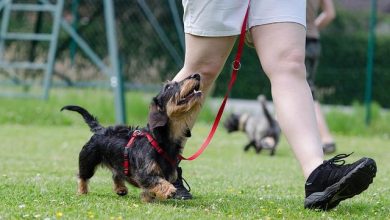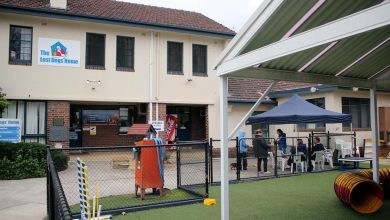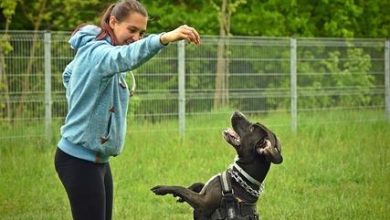Why Positive Reinforcement Works Best for Training
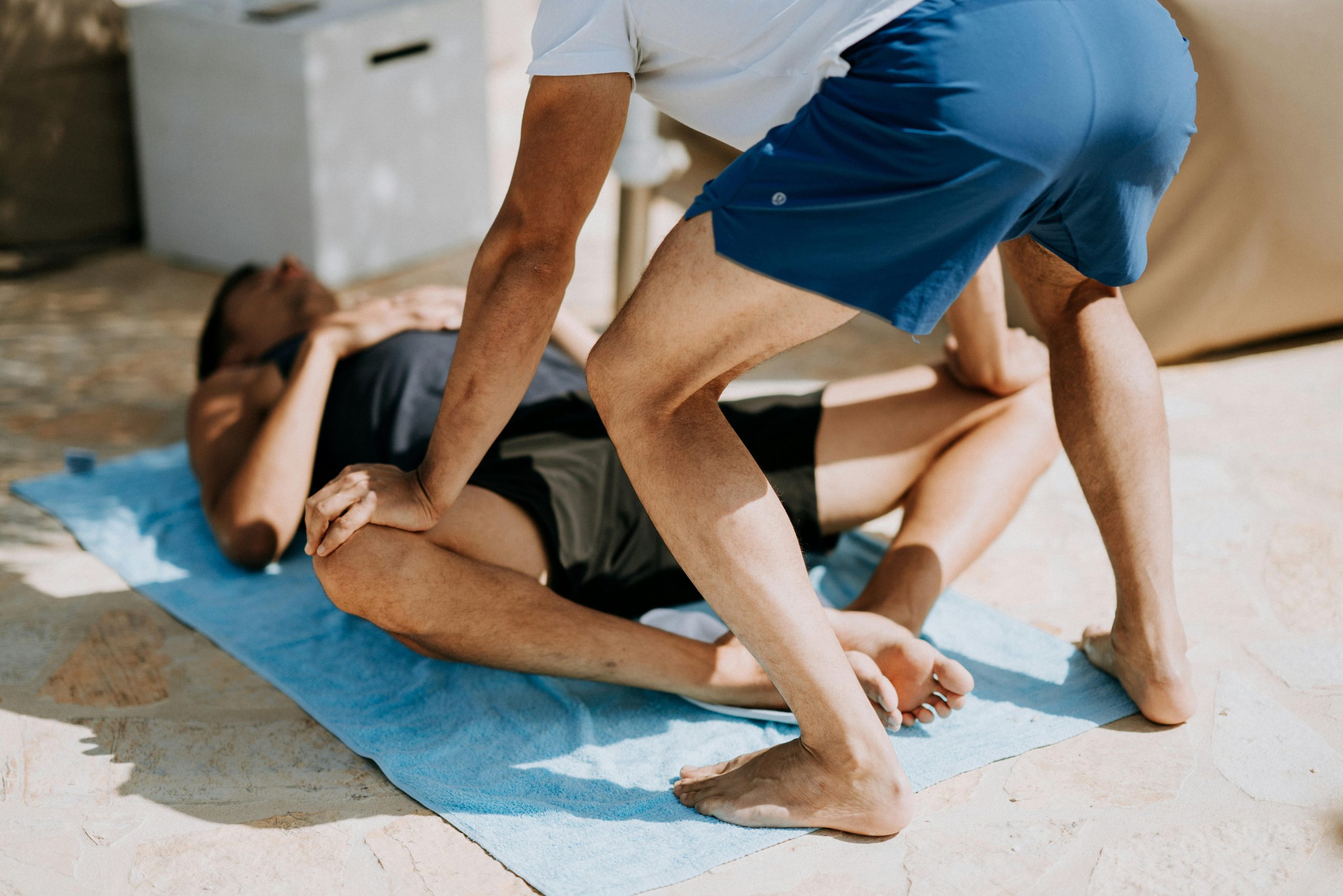
In the realm of training, whether it be for pets, children, or even adults, the methods we choose can shape the outcomes in profound ways. Among the myriad of techniques, positive reinforcement stands out as a beacon of encouragement and growth. This approach, rooted in the simple yet powerful act of rewarding desired behavior, has garnered acclaim for its effectiveness across various domains. But what is it about positive reinforcement that makes it so successful? In this exploration, we delve into the psychology behind this method, unraveling the threads of motivation, learning, and behavior that make positive reinforcement not just a tool, but a transformative experience. Join us as we uncover why a pat on the back, a kind word, or a small reward can be the key to unlocking potential and fostering enduring change.
Understanding the Science Behind Positive Reinforcement
At the core of effective training lies a fundamental principle grounded in behavioral science: the application of positive reinforcement. This technique leverages the natural human and animal inclination to repeat behaviors that result in rewarding outcomes. By consistently offering a desirable stimulus following a specific action, positive reinforcement encourages the repetition of that behavior. The process is underpinned by the release of dopamine, a neurotransmitter associated with pleasure and reward, which reinforces the neural pathways responsible for the behavior, making it more likely to occur in the future.
- Motivation Boost: Positive reinforcement creates an intrinsic motivation to learn and perform well, as individuals or animals associate the task with positive outcomes.
- Stress Reduction: Unlike punitive measures, this approach reduces anxiety and fosters a more supportive learning environment.
- Consistency in Behavior: Reinforcing desired behaviors consistently ensures that they become habitual and ingrained.
- Enhanced Engagement: Learners are more engaged and willing to participate actively when they anticipate a positive result.

Building Stronger Bonds Through Encouragement
In the realm of training, whether with pets, children, or even in professional environments, the power of positive reinforcement is unparalleled. This method nurtures an environment where individuals feel valued and understood. By focusing on strengths and achievements, positive reinforcement fosters an atmosphere of trust and motivation. Encouragement acts as a catalyst for growth, transforming simple efforts into consistent progress.
- Builds Confidence: Reinforcing positive behavior boosts self-esteem, encouraging individuals to take on new challenges.
- Strengthens Relationships: Acts of encouragement show appreciation, which helps in creating a deeper connection between trainer and trainee.
- Promotes Engagement: Positive reinforcement makes the learning process enjoyable, resulting in increased participation and enthusiasm.
By emphasizing encouragement, we not only cultivate skills but also strengthen bonds, creating a supportive network where everyone can thrive.
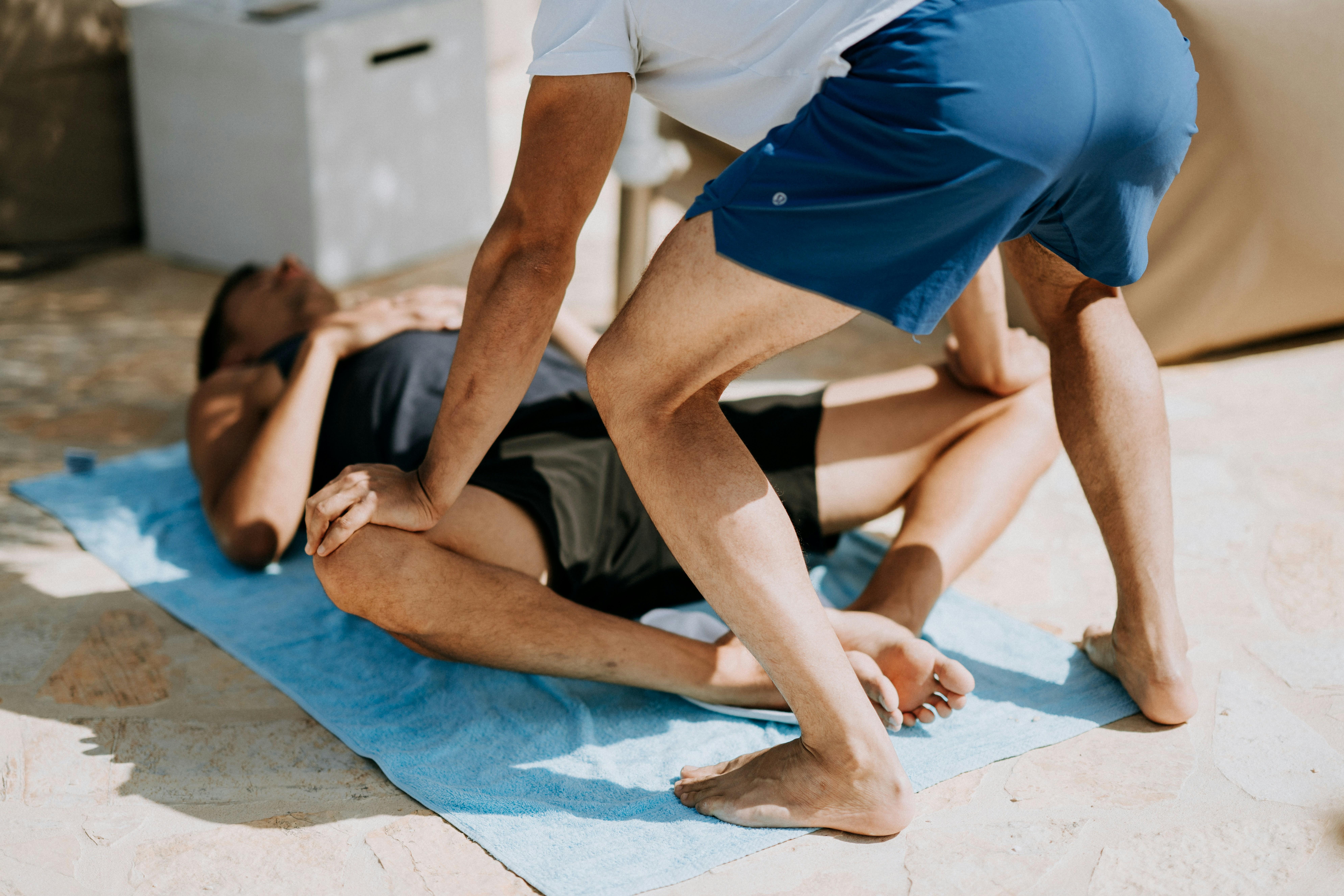
Creating a Reward-Based Training Strategy
To craft an effective training strategy that centers around positive reinforcement, it is crucial to understand the core principles that make this approach successful. At its heart, reward-based training hinges on the concept of associating desirable behavior with positive outcomes. This method not only fosters a cooperative and motivated environment but also strengthens the bond between the trainer and the trainee, whether human or animal. By focusing on what individuals are doing right and rewarding them accordingly, this approach encourages repetition of the desired behavior.
- Clarity: Rewards help clarify expectations, making it easier for the trainee to understand what is being asked.
- Motivation: Positive reinforcement boosts morale and keeps trainees engaged by offering tangible incentives.
- Retention: Behaviors learned through rewards tend to be retained longer, as they are associated with positive experiences.
- Flexibility: This strategy can be tailored to suit different learning styles and preferences, ensuring a personalized approach.
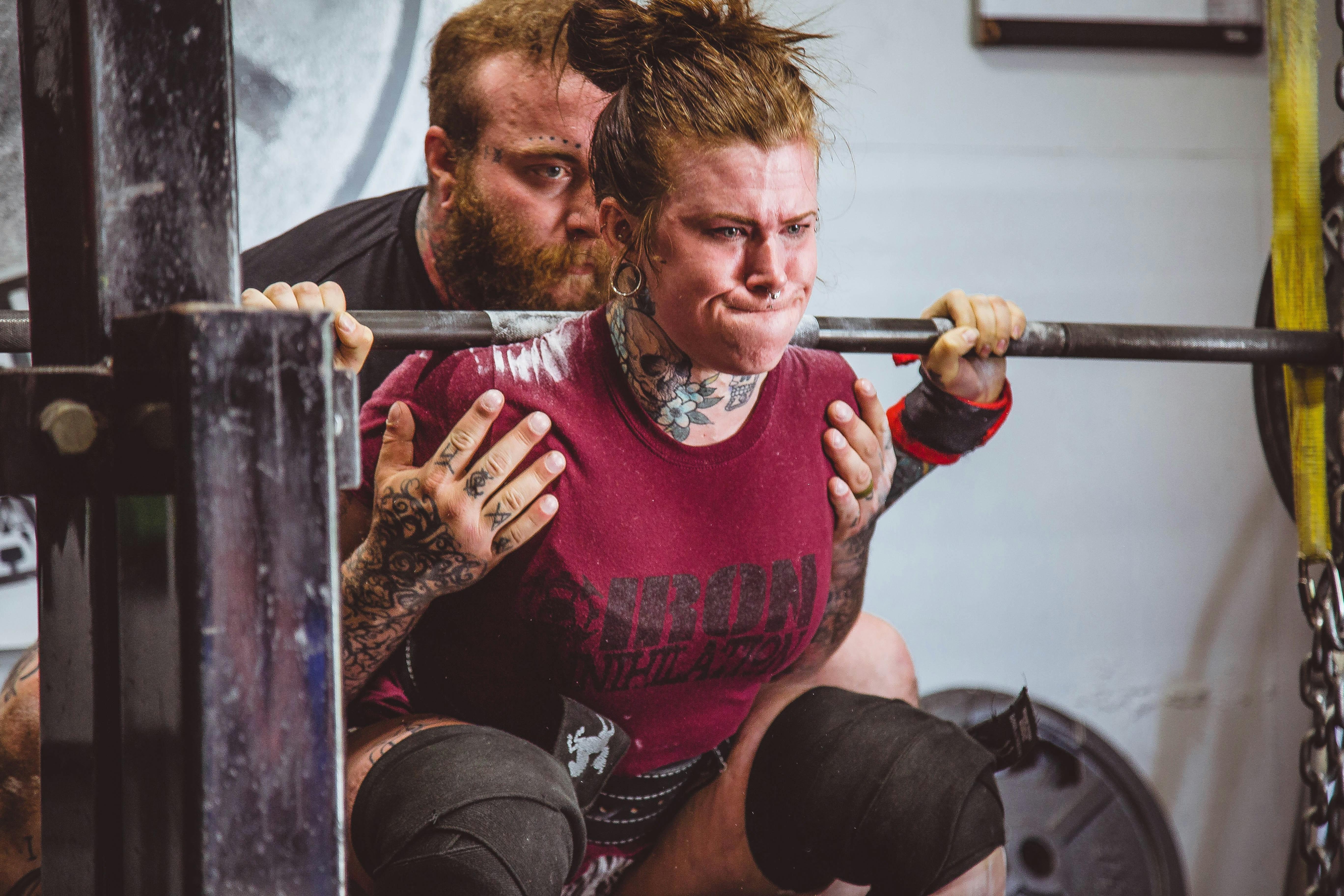
Avoiding Common Pitfalls in Reinforcement Training
- Inconsistent Reinforcement: One of the most prevalent errors is inconsistency in applying reinforcement. Consistency is key to establishing a clear connection between behavior and reward. Without it, animals or individuals may become confused, leading to ineffective training. Make sure to reward the desired behavior promptly and consistently to reinforce the learning process.
- Over-Reliance on Treats: While treats can be a powerful motivator, relying solely on them can lead to dependency, making it difficult to transition to other forms of reinforcement. Diversifying the types of rewards—such as verbal praise, playtime, or a favorite toy—ensures a more balanced approach, encouraging a broader range of positive behaviors.
- Ignoring the Timing: The timing of reinforcement plays a crucial role in effective training. Delayed rewards may weaken the association between the behavior and the reinforcement, causing confusion. Strive to deliver positive reinforcement immediately after the desired behavior occurs to maximize its impact.
By avoiding these common pitfalls, trainers can harness the full potential of positive reinforcement, ensuring a more effective and enjoyable learning experience for both the trainer and the trainee.
